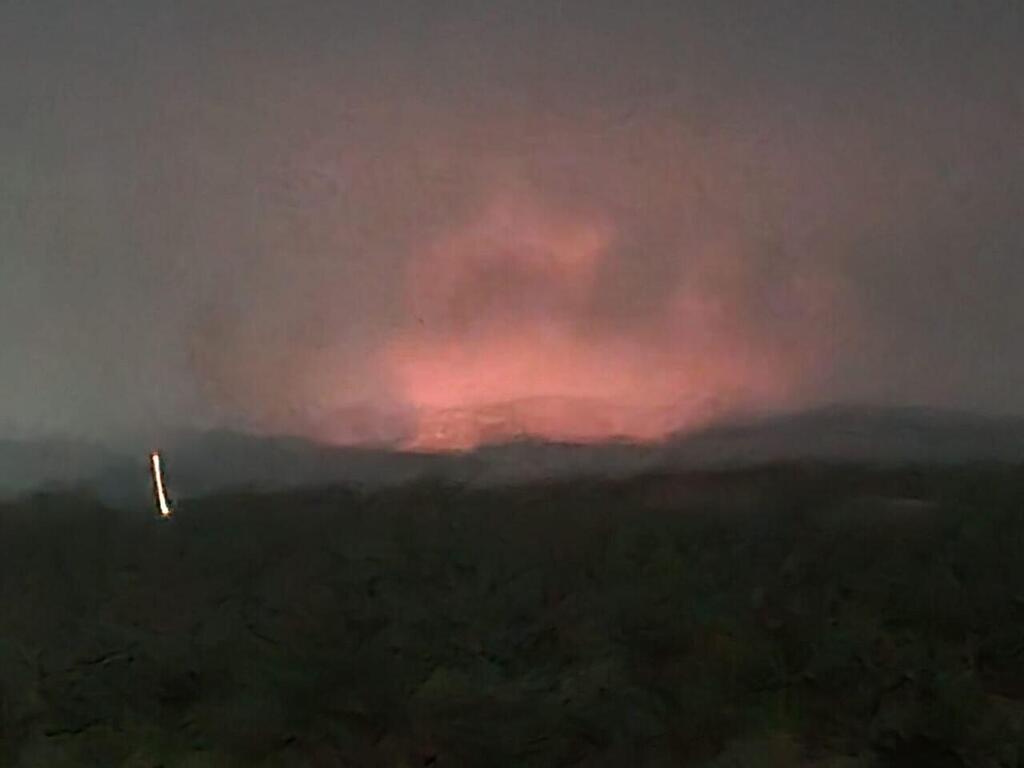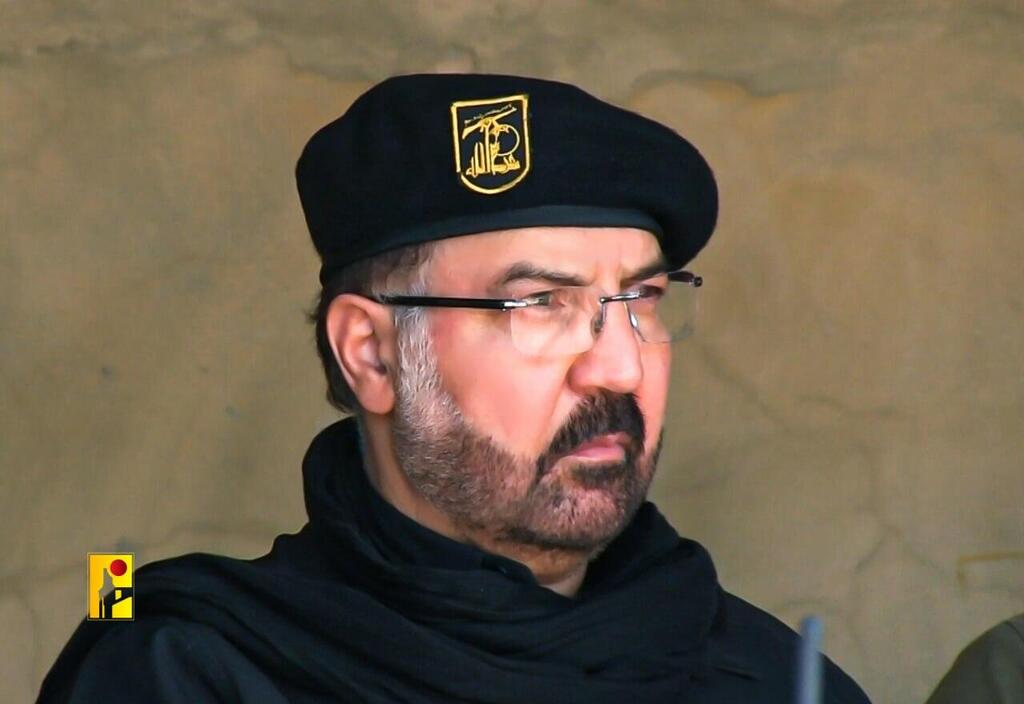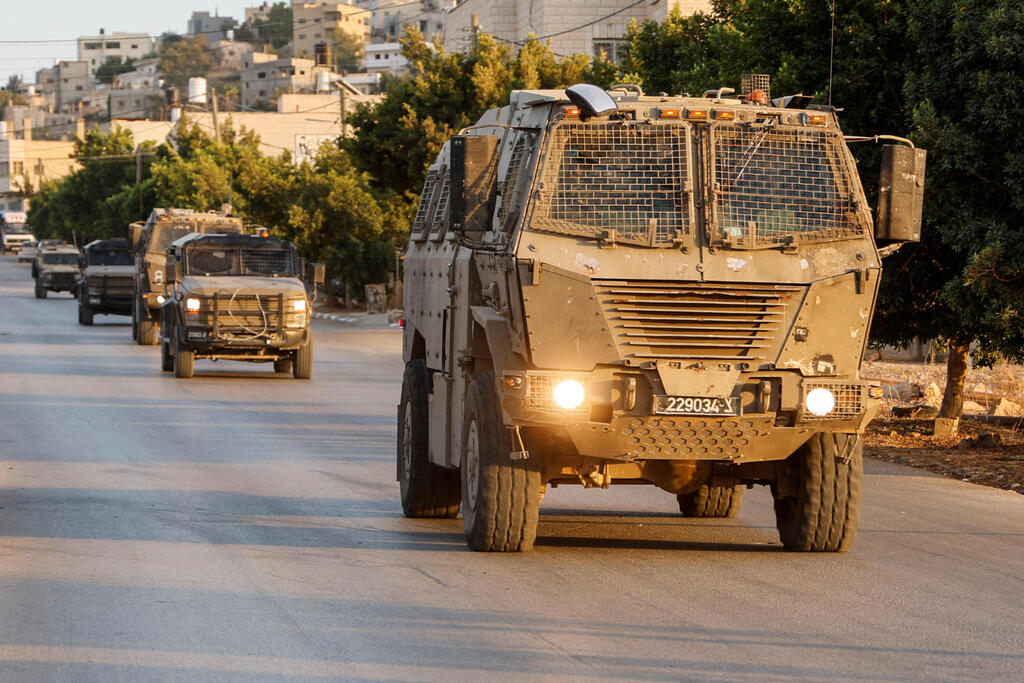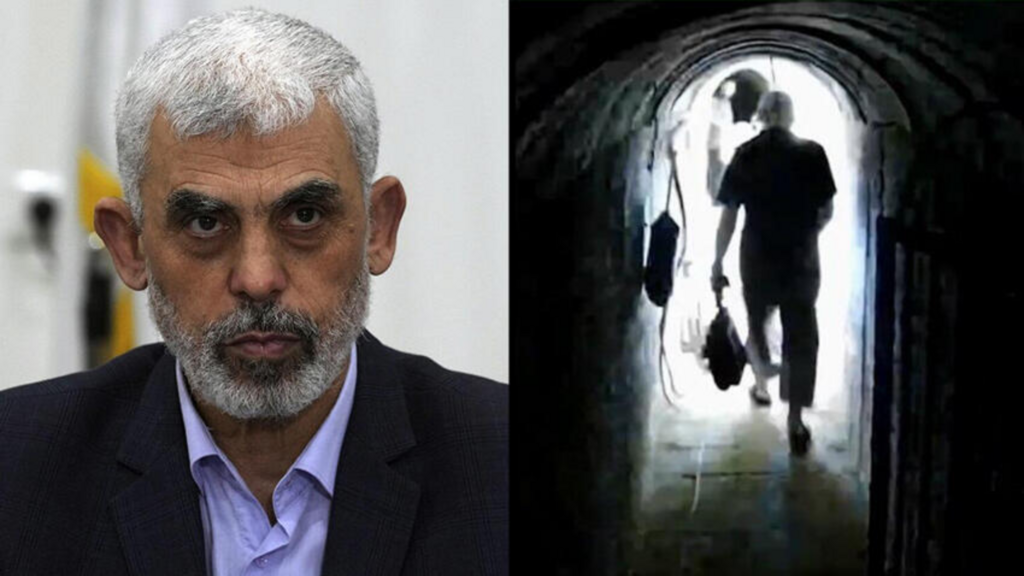Getting your Trinity Audio player ready...
The significance of the successful preemptive strike launched by the IDF against Hezbollah on the morning of August 25 transcends its operational dimensions. The Israeli action not only substantially disrupted the punitive attack planned by the Lebanese terrorist “army,” but is fraught with strategic implications for several regional actors.
Hezbollah
The swiftness, precision and effectiveness of the preemptive strike should give Nasrallah second thoughts about attacking Israel. In his speech immediately following the IDF’s operation, and in an apparent effort to accord his version of events some credibility, Nasrallah admitted that “Israel did destroy some launchers.” Yet he sought to belittle its impact by claiming that “[It] costs us $8,000-10,000 for each missile launcher.”
Nevertheless, Hezbollah must have been unnerved by Israel’s ability to penetrate its veil of secrecy and collect precise intelligence information on its deployments and military preparations. These findings not only allowed the flawless execution of the IDF’s preemptive strike, but potentially additional ones designed to scuttle any future Hezbollah large-scale attack. This would put into question the actual aerial threat this terrorist “army” could pose to Israel.
Riad Kahwaji, who heads the Institute for Near East and Gulf Military Analysis in Dubai, was cited by UPI on August 30 as indicating that Israel “has strongly breached Hezbollah intelligence and is able to detect all its movement." He went on to perceptively argue that by losing "the element of surprise," Hezbollah no longer can launch "successful attacks" on Israel and that Israel’s likely preemptions will reduce the effectiveness of any threatened strikes.
Little wonder the Hezbollah leader falsely claimed the “retribution” for Israel’s killing of his “Chief-of-Staff” Fuad Shukr was successful. He was likely signaling that, for his part, the offensive was over so he could come down from the tall tree he had climbed before that tree was cut down.
A “Western diplomatic source” in Beirut told UPI that in the wake of the IDF’s preemption “the risk of escalation was on the Israeli side, absolutely not on the [Tehran-led] axis of resistance."
In fact, given the U.S. military buildup in the region, designed in part to deter Iran, Nasrallah could not even be sure that Tehran would rush to his help if Israel chose to follow its preemptive strike with a ground offensive.
After the Israeli attack, Nasrallah’s eagerness for a cease-fire in Gaza, which he pledged would be promptly followed by a cessation of hostilities along the Israeli-Lebanese border, must have peaked. This way he hopes to extricate himself from the increasingly precarious place he has painted himself into as a result of his mindless decision to come to Hamas’ aid, but without losing face.
To this end, it can be expected that Hezbollah will maintain or even intensify its cross-border attacks. By hinting that things can get out of control at any time, Nasrallah aims to pressure U.S President Joe Biden to force Israel to agree to a truce in Gaza as a precursor to quiet on the Israeli-Lebanese border. He appreciates full well Biden’s trepidation at the possibility of facing a regional explosion on the eve of the U.S. presidential elections and is determined to capitalize on it to rescue Hezbollah.
Iran
In the aftermath of the preemptive strike, Iran must be asking itself how secure Hezbollah’s role is as a “second strike force” aimed to deter the IDF from attacking its nuclear sites.
In all, Iran’s strategic position continues to deteriorate. Its proxy strategy is under increased pressure now that Hamas is largely beaten and Hezbollah’s deterrent shield questionable. The mullahs must be wondering how dependable the Hezbollah deterrent is if Israel could neutralize a material chunk of its firepower in just 20 minutes.
5 View gallery
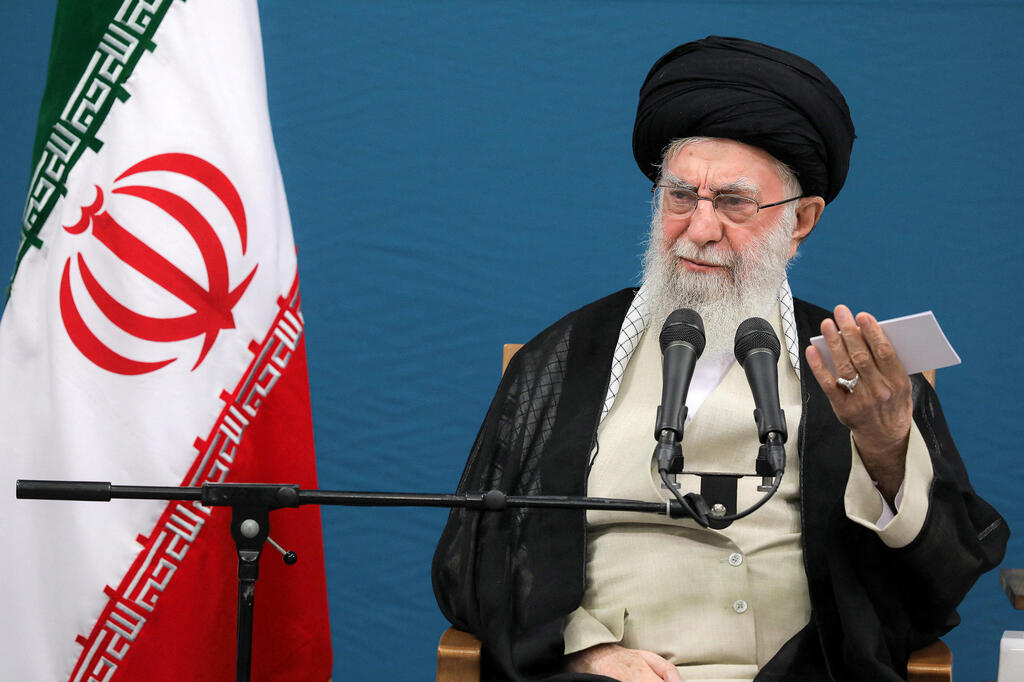

Iranian Supreme Leader Ayatollah Ali Khamenei
(Photo: West Asia News Agency/Handout via REUTERS)
Worse yet, how effective is their own deterrent now that the IDF and the U.S. military are increasingly collaborating to protect Israel from an Iranian attack? Consequently, going nuclear as soon as technically possible must be at the top of the mullahs' to-do list.
The growing difficulty Iran finds itself in can be also gleaned from the mullahs' frenzied efforts to build up the Palestinian terror front in the West Bank with large infusions of cash, explosives, arms and guidance as a substitute to Gaza. The aim is to divert Israel from dealing with Hezbollah or Iran itself by tying down the IDF close at home.
However, Tehran surely knows the infrastructure and terrorist forces currently operating in the West Bank are hardly comparable to the largely destroyed Hamas terrorist army’s capabilities readied for some two decades. The mullahs are desperate and are grasping at straws.
Moreover, the large-scale counterterrorism operation launched by the IDF in the West Bank has not only set back Iran’s effort to form a new eastern front against Israel but serves as a confirmation for the mullahs’ benefit that the IDF is now well set on an offensive strategy.
In general, Tehran must be cursing Sinwar and Hamas for putting it and its proxy strategy in dire straits. The mullahs are learning the hard way the costs of playing with fire through surrogates without having absolute control over their actions. If they are true to themselves, as soon as October 8 they should have begun to wonder if the cost of their proxy strategy was more trouble than gain.
Tehran is also finally learning the limits of exercising a strategy employing terrorist “armies” and psychological warfare aimed to hype their achievements and devotion to the cause to expand its Islamic domain.
While such a ploy may work well vis-a-vis weak and failing states, it certainly runs the risk of backfiring when faced with a militarily powerful state like Israel. This is especially so when the latter is determined to win and coincidentally proves that the “axis of resistance” is a case of a bark worse than its bite.
Like its pivotal proxy—Hezbollah—following the IDF’s successful preemption, reaching a cease-fire in Gaza expeditiously (and sparing Nasrallah’s terrorist “army”) is even higher on the mullahs’ agenda than before. Tehran is thus likely to increase pressure on Hezbollah to keep or heighten its attacks on Israel’s north so as to push Biden to bring Israel to heel.
Hamas
In the wake of the Israeli attack and the limited and short-lived Hezbollah response, any hope by Yahya Sinwar to trigger a regional conflict to ease the IDF’s pressure on Hamas has certainly evaporated.
The Israel-Hezbollah exchange must have confirmed in Sinwar’s mind that none of the Iranian proxies, let alone Iran itself, would rescue him from his growing predicament. Consequently, the only weapons left in his arsenal are first, to massage and exacerbate the divisions within Israeli society and its government regarding reaching a deal for a cease-fire and the release of the hostages in Hamas’ hands.
Undoubtedly, Sinwar must also hope that as the elections in the U.S. draw closer, the Biden administration’s pressure on Israel to agree to Hamas’ terms steadily mounts. Influencing these audiences means Hamas will seek to hold on to its human bargaining chips and prolong the conflict.
Secondly, Hamas has activated its terrorist infrastructure in the West Bank to force the IDF to divert resources from Gaza. However, this tactic may have proved premature, having failed to take into account the IDF’s switch to an offensive doctrine which resulted in Hamas losing a significant chunk of its nascent networks in the area already. Any relief Sinwar was hoping for would be short-lived, if at all.
Israel
There should be no question that the attractiveness of the preemption was enhanced by the existence of an elaborate air defense system. Indeed, the action on the morning of August 25 proves conclusively the need to combine offensive and defensive operations to deal effectively with the size and types of aerial threats confronting Israel.
Clearly, Israel today is fielding the most elaborate and advanced missile defense system in the world. Moreover, it possesses the most up-to-date operational experience and battle-tested doctrine of missile defense.
 Dr. Avigdor Haselkorn
Dr. Avigdor HaselkornThe successful preemptive strike against Hezbollah clearly indicates that the defensive capabilities now in the IDF’s possession have put the military in a much better position to execute an offensive strategy. The ability to neutralize or at least mitigate aerial threats against Israel through both offensive and (active and passive) defenses makes the elimination of missile, rocket and drone threats before they materialize a preferential option by far.
As IDF Chief of Staff Lt. Gen. Herzi Halevi said on September 6, while touring the Northern Command, “The IDF is very focused on combat with Hezbollah, and preparing for offensive moves within the arena…The Northern Command, with all of the IDF's capabilities, is striking a lot of Hezbollah's capabilities inside Lebanon before they can attack us…This combination of very significant strikes on Hezbollah to reduce [its] threats…is very, very significant together with readiness for an offensive in the territory [of Lebanon] going forward that we are very engaged in.”
The bottom line is that the growing productivity of its defensive-offensive combined capabilities provides the IDF with a credible first-strike option. Israel may well become an undeterrable actor in the Middle East as a result.
The U.S.
The IDF’s preemption once again demonstrates the growing coordination, collaboration and interoperability between the IDF and the U.S. Central Command (CENTCOM). Theoretically, such synergies pave the way for the two militaries to cooperate operationally if Washington ever decides to forcefully prevent Iran from going nuclear.
The U.S. played an active role in protecting Israel against the Iranian attack last April. American military deployments are currently in the region to deter Tehran and shield Israel from another possible attack. Based on these two military responses, it can be asserted that the U.S., whether President Biden realizes it or not, is already at war with Iran, albeit defensively.
- Dr. Avigdor Haselkorn is a strategic analyst. He has been published widely on national security issues.



